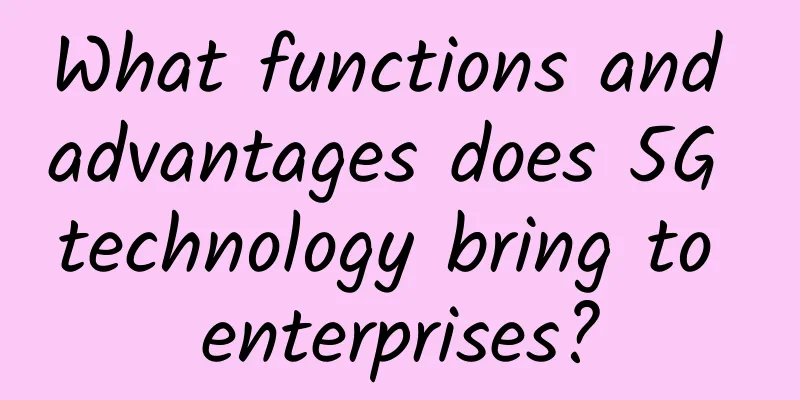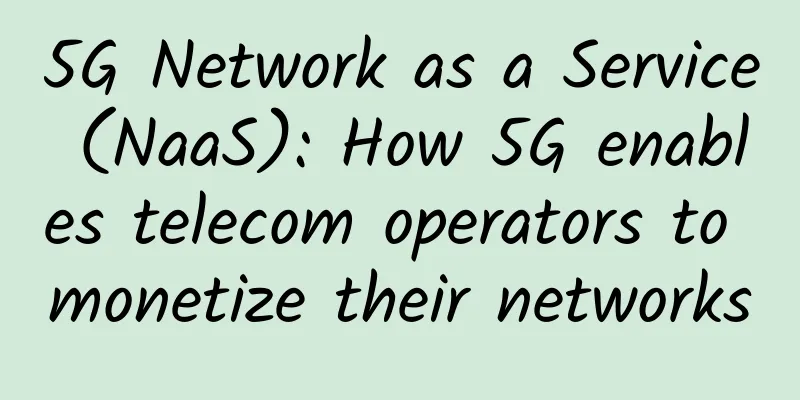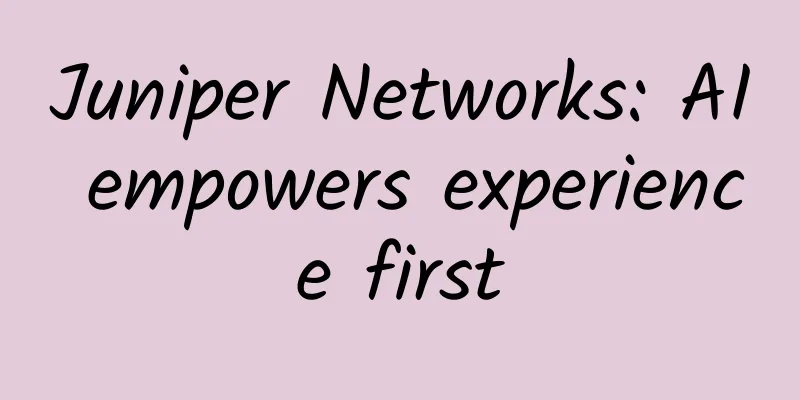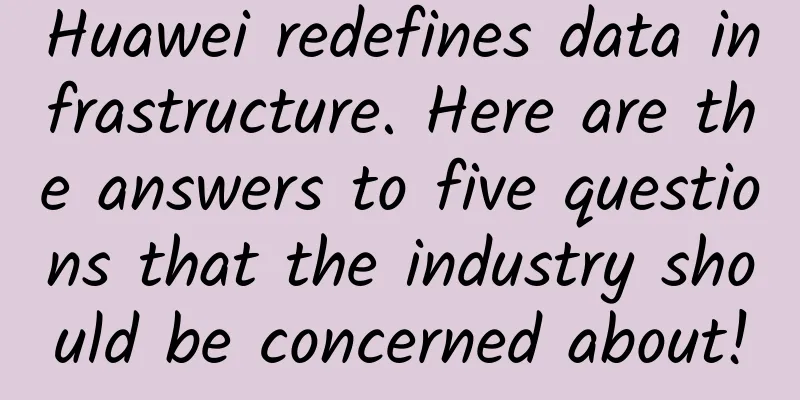What functions and advantages does 5G technology bring to enterprises?

|
As carriers pilot fifth-generation cellular networks, or 5G, most of the discussion has centered around the benefits 5G brings to consumers and smartphones. But enterprises can also gain significant advantages, starting with fixed wireless 5G (as a point-to-point broadband replacement) and eventually even mobile 5G.
Let’s take a closer look at the capabilities and benefits that 5G brings to enterprises.
Although 5G will bring these new features and advantages, the technology also has disadvantages. For example, the main disadvantage is that 5G antenna coverage is lower than 4G, which will result in a higher density of antennas required for the same coverage. However, overall, when the pilot is completed and 5G becomes popular, the real business benefits of 5G technology will become apparent. |
<<: Are you among the unemployed after 5G?
Recommend
Do you know the misunderstandings about 5G?
Today I will reveal to you five misunderstandings...
The interviewer asked me to turn left because of the thread pool!
A few days ago, my friend had an interview. Durin...
Borei Data 2021 strategy release tour opens up innovative paths for IT operations and maintenance
On May 26, 2021, the Beijing stop of the "Se...
spinservers: $89/month - Dual E5-2630, 128G memory, 4*2TB hard drives, 10Gbps bandwidth, San Jose & Dallas data centers
spinservers has released this month's promoti...
ProfitServer Spanish VPS is now 50% off, with unlimited traffic KVM starting at $2.88 per month
I received an email from ProfitServer, saying tha...
Accelerating NFV interoperability testing
Many service providers have deployed network func...
Is your phone WLAN or WiFi? What is the relationship between the two?
I wonder if you have noticed the names of wireles...
The world's first Android-enabled smart network tester is launched, and NETSCOUT shares the innovation story behind it
[51CTO.com original article] The most tense and e...
PwC: By 2030, 5G will contribute $1.3 trillion to global GDP growth
On February 10, foreign media reported that a rep...
EuroCloud: Los Angeles CN2 GIA/AS9929 30% off from $3.5/month, Hong Kong CN2 VPS 40% off from $3/month
Eurocloud has launched a July promotion, offering...
TmhHost Hong Kong three network CN2 GIA monthly payment starts from 45 yuan, US CN2 GIA high defense VPS quarterly payment starts from 99 yuan
TmhHost is a regular domestic company with ISP\IC...
What are the differences between 1G, 2G, 3G, 4G, 5G and 6G networks of China Mobile, China Unicom and China Telecom?
With the development of the times, people are pur...
Omdia: Next-generation PON equipment market to reach nearly $8.9 billion in 2025
LightReading reported that Omdia pointed out in i...
The number of 5G package users far exceeds the number of 5G mobile phone users. Are you infected by 5G?
If we distinguish by telecommunications scale, th...
Understanding the three major trends in the development of 5G bearer network technology in one article
At present, cloud-network integration is facing n...









